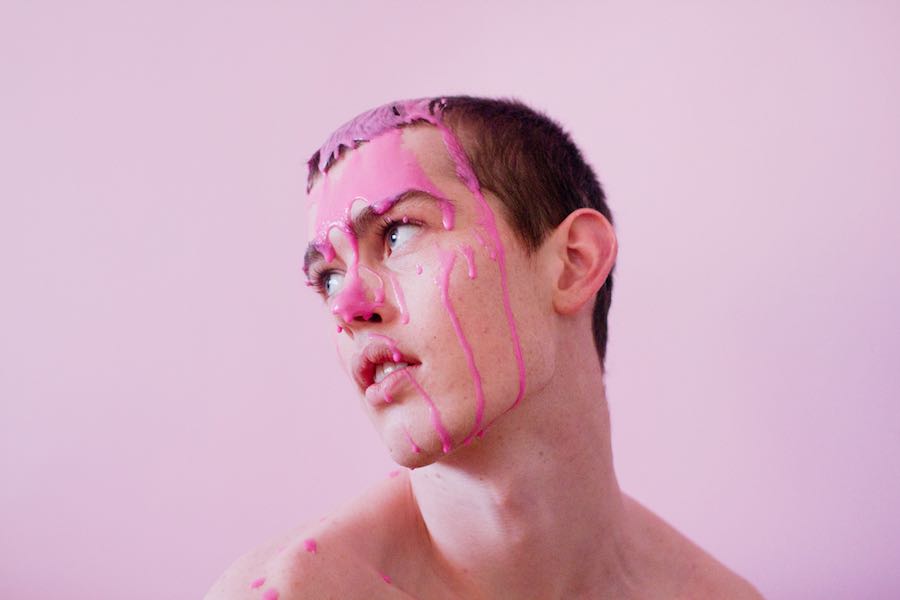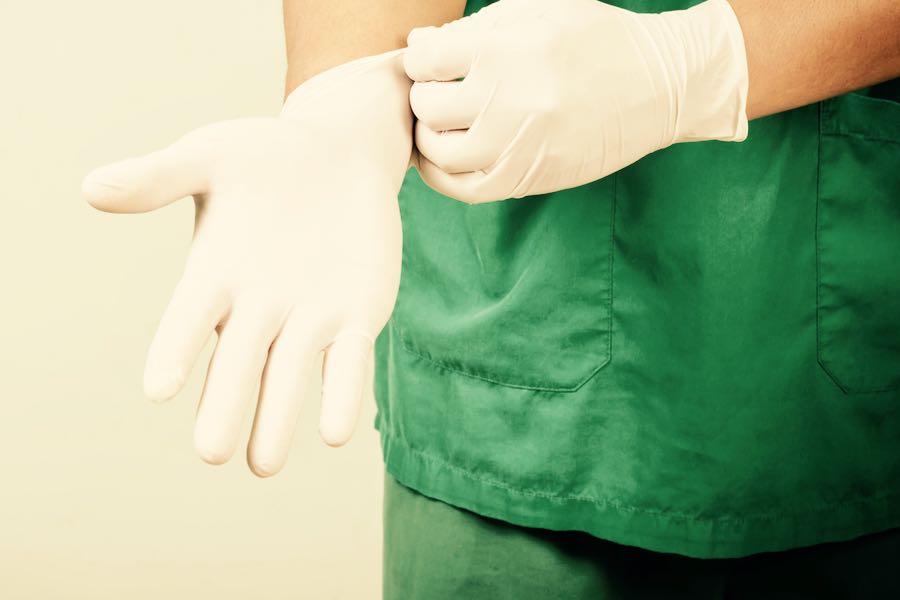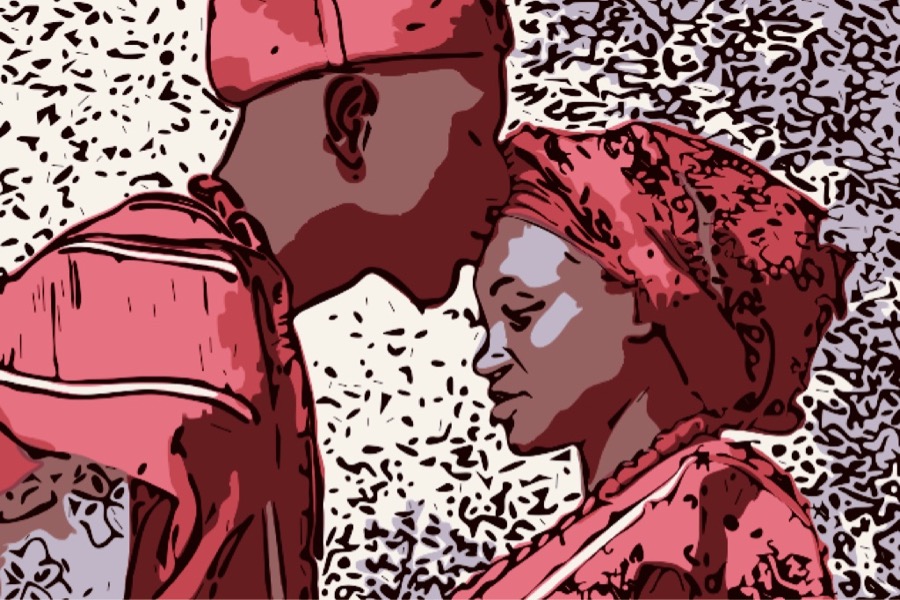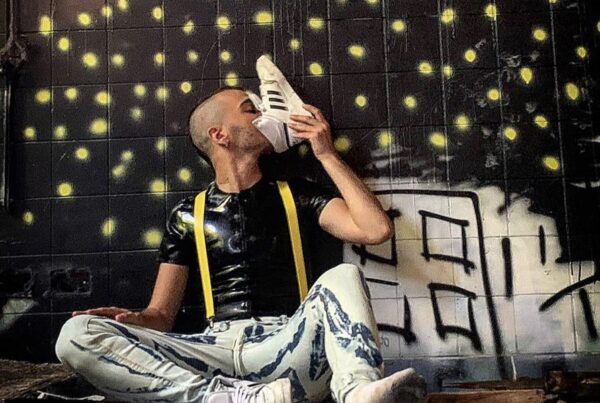It’s not often one comes across an artist like Laurence Philomene and forgets about it. Laurence, who identifies as a non-binary – a person beyond dichotomy and binary concepts – is a professional photographer, whose notoriety has grown thanks to “Non-Binary Portraits” a notable photography series of people who, like Laurence Philomene, identify as non-binary. Philomene works on themes of transsexuality and gender spectrum featuring peculiar subjects, often friends and members of the queer and trans community that the Canadian artist has portrayed over the years, and vibrant use of colors.
.
You became interested in photography at a very early stage in life. What has driven you to carry on this path, instead of expressing yourself through other artistic means?
I think because I got interested in photography so young there just never seemed to be another option for me, from the get go my focus was on taking photographs and it never really occurred to me to try other mediums, though I am very slowly but surely getting into moving images as well these days.
What do you want to instill through your photos?
My photos are always taken for myself, because I am obsessed with documenting what’s around me. For the most part, there is no distinction between my images and my self, to me they are one and the same. So if anything, I hope my photos give the viewers some insight into my life and makes them feel calm, and cared for.
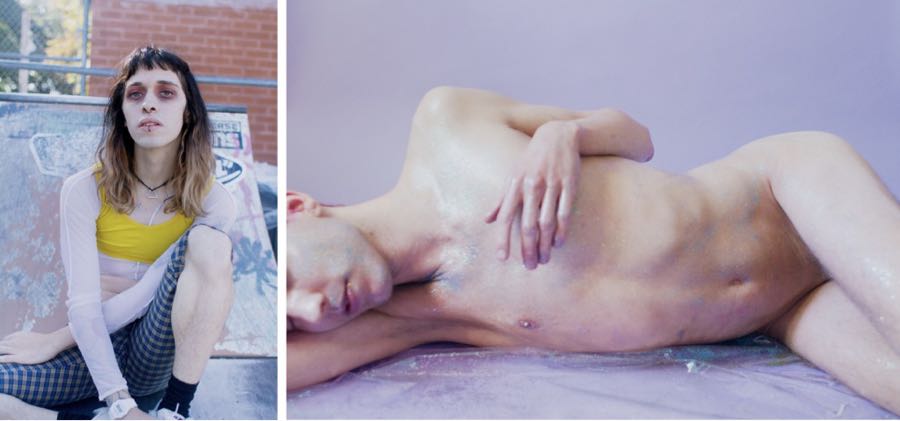
Hobbes – Jon in glitter (Laurence Philomene)
What do you think is one of the toughest challenge involving your job life?
The toughest challenge is to stay motivated because most of my work is done by myself alone at my computer these days.
When have you come across the existence of the LGBT Community and the gender variant community in particular?
I came out as queer when I was 17 and had just started going to photography school, so I started getting more involved in the community around that time. The queer/trans community is my home and where I feel most at peace with myself.
What do you think of the representation of gender variant individuals through medias? What would you change about it?
I think one thing I hope/want to see more in terms of representation is more care, more respect, less capitalist-minded “representation” for the sake of appearing “inclusive”. I think right now queer and trans representation is quite omnipresent but still everyone I know (including myself) is struggling to thrive so I’d like to see more action and more investment in the lives of trans women especially, who still face the most violence out of the entire community. Be there for us beyond using us for cool cred.
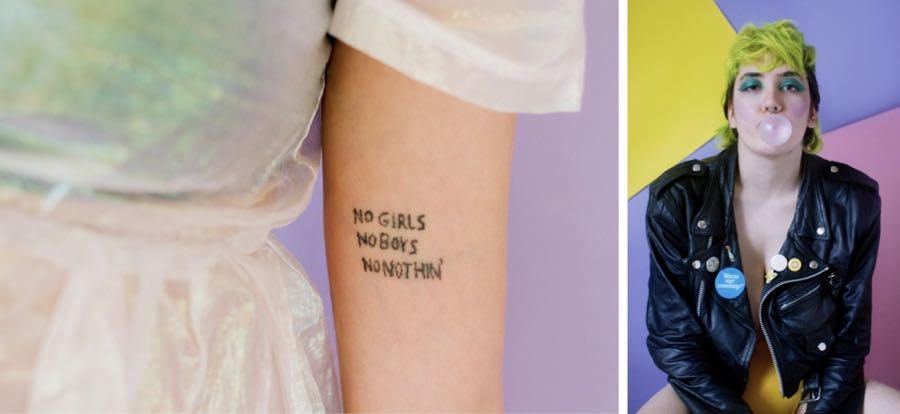
Nat – Lucky (Laurence Philomene)
What message did you want to convey with the “Non-Binary Portraits” series?
The idea behind the non-binary portrait series was to photograph/document my friends who identify as non-binary and to really let them shine by collaborating with them on the concept behind each shoot. Everything I do is pretty simple so most of the shoots were based on a single colour, vibe, idea. The aim was to show that non-binary people do exist, that we’re here, and to celebrate us – which I see happening a lot more these days but wasn’t yet a big part of trans representation in the media a couple of years ago.
In the future, will you keep working on these themes which are dear to non-binary people?
I think I’ll keep working on these themes until I figure out what gender is to me so, probably forever!
The colors used in your photos are strong and sharp. It’s interesting to see how you deconstruct the meaning of gendered colors like pink and blue. What is the idea you want to convey through such a well-aimed use of these colors?
Colour has always been how I express myself, to me each colour has a very specific mood, so these days I like to use colours more instinctively and just go with what feels right. I definitely had a big pink phase a few years ago though, and I’ll always love pink dearly. For a long time I was really obsessed with the idea of girlhood – where did it come from, what are its signifiers, how does it exist in relation to me, etc. I played with pink and masculinity a lot, in that context, to me it was about photographing the masculine but in the most feminine way. Blue represents the masculine but in a less charged way, maybe because masculinity is seen as less threatening than femininity in a lot of ways?
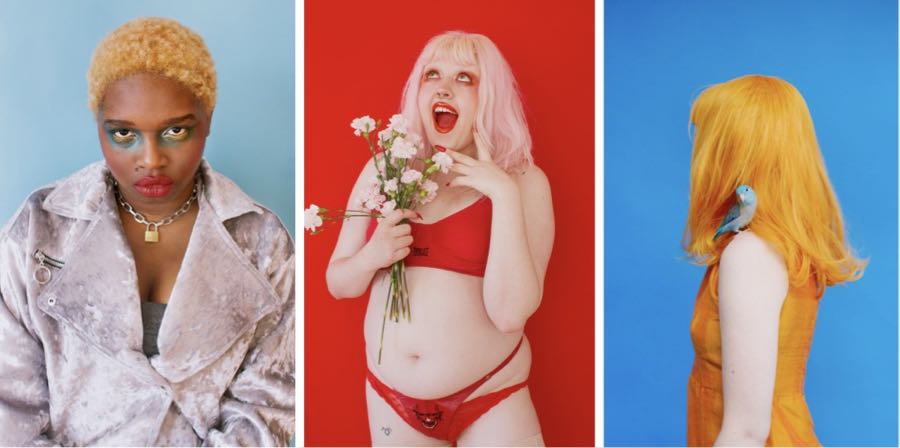
Lux – Wolfie – Steph as me with tomato (Laurence Philomene)
Your work comes close to some feminist themes. How would you describe the relationship between your artwork and feminisms in general?
I got really into feminism around my second year of college, being in a gay relationship for the first time, spending a lot of time on tumblr, running a feminist art collective – over time I’d say my focus has shifted from feminist issues to trans issues but the two are definitely interconnected. I’m living my life the way I want and that in itself is a feminist act I think – a lot of my work explores feminist themes as well (gender identity & trauma mostly) though my aim is really just to show my reality.
I’m working on finding ways to support the community here in tangible ways through my work these days, working on raising funds for local organizations etc, because representation is great but concrete action is what is needed at the moment I think.
If you could go back in time, what would you say to your younger self?
Live through it all, you’re doing good!!
Nicholas e Thuban
©2018 Il Grande Colibrì
Leggi anche:

